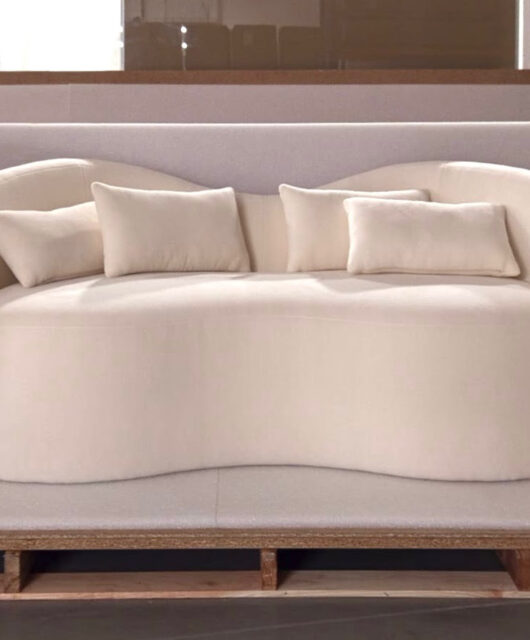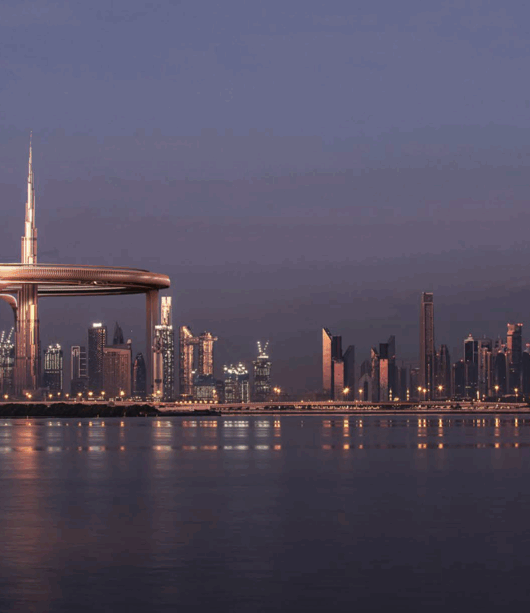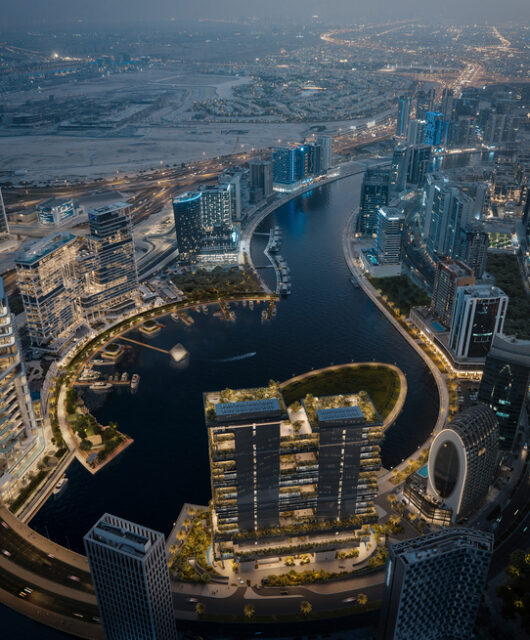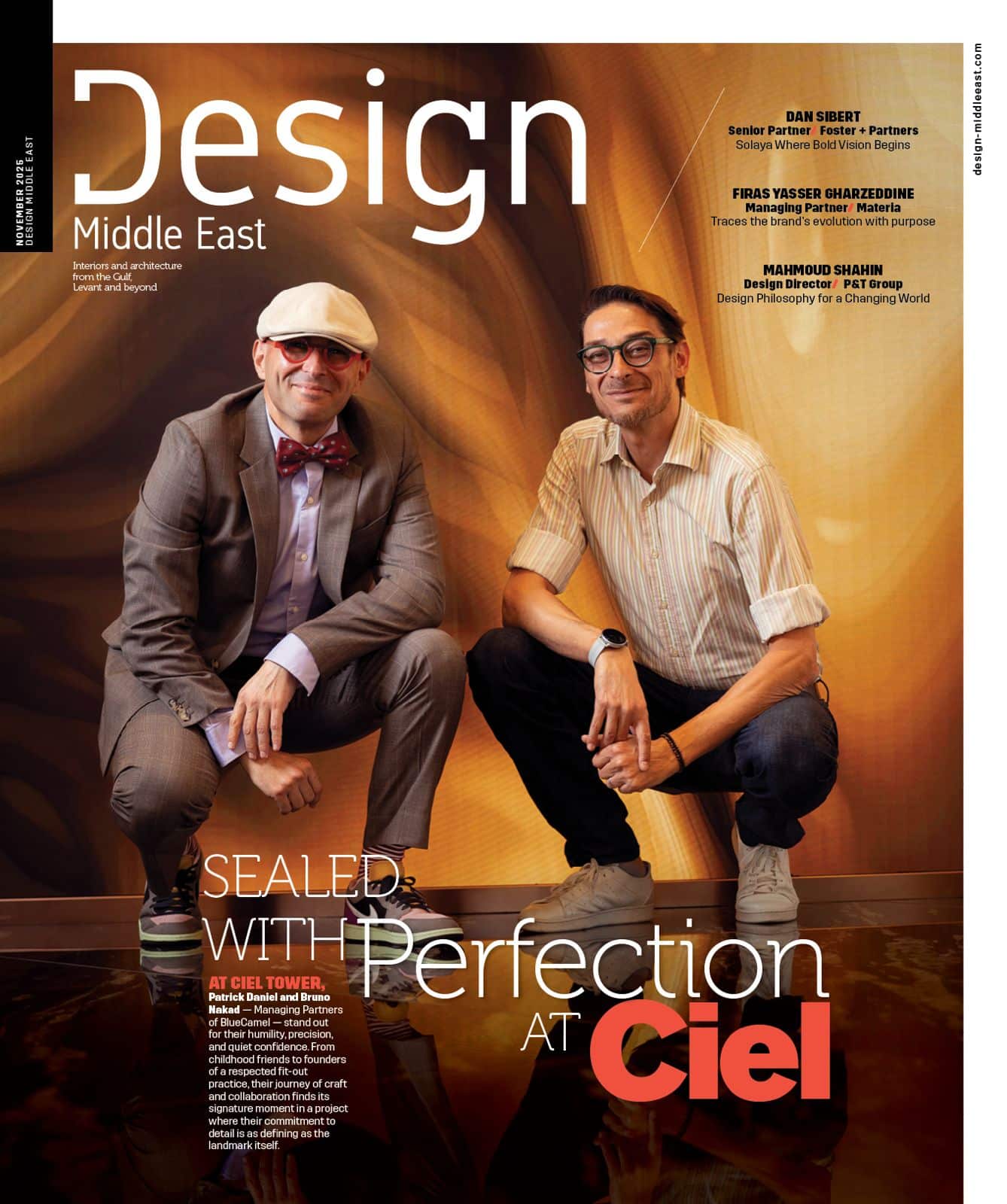Losberger De Boer appoints Jim Muldoon as the managing director in Dubai
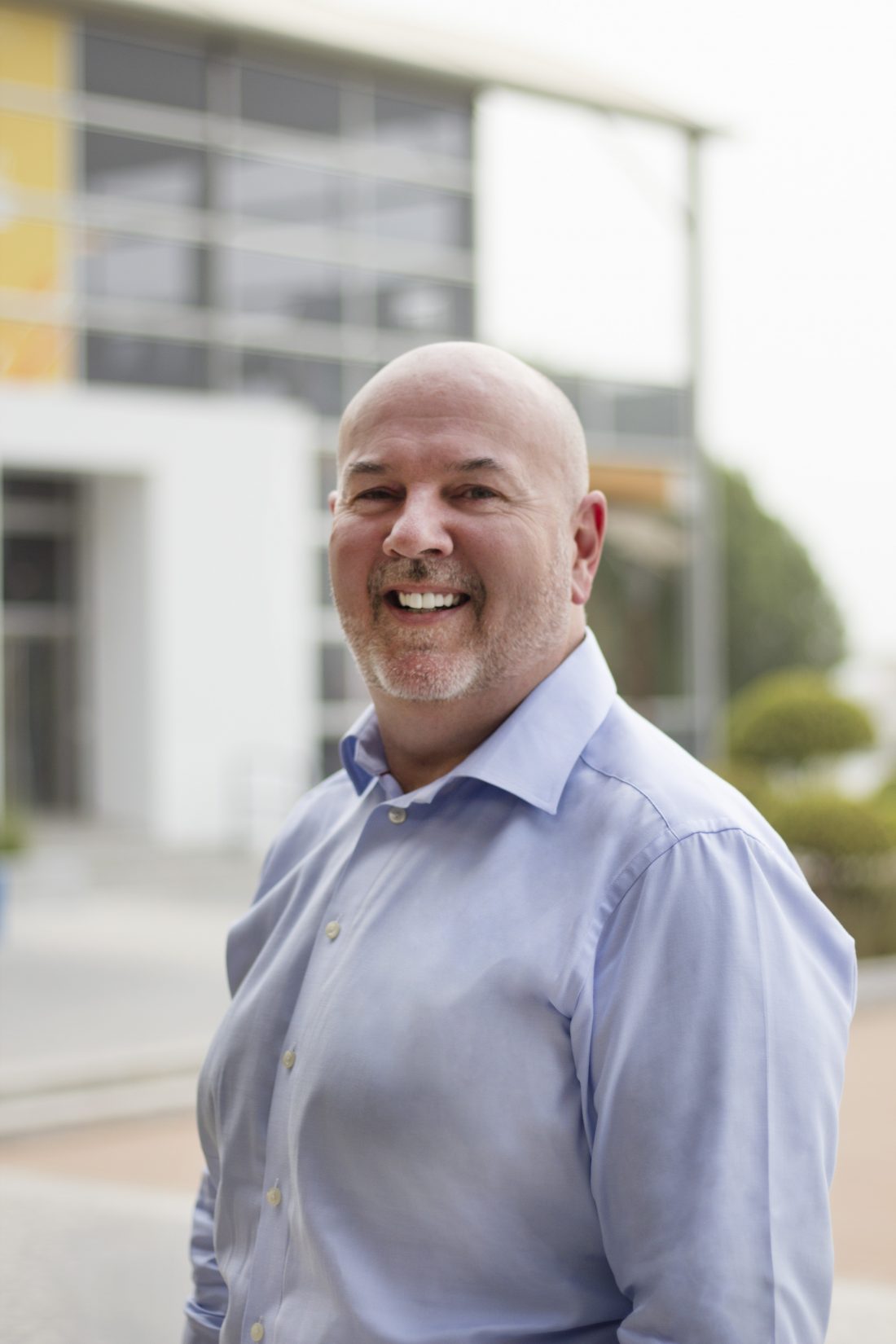
Jim Muldoon, who will be based in the Dubai regional headquarters, brings over 21 years of strategic and business development experience together with an extensive understanding of Gulf markets through his work in various senior management roles throughout the GCC.
Capitalising on the ever-growing trend towards temporary building usage across the Middle East, Losberger De Boer has designed and developed a high-specification, semi-permanent building concept, which is driving significant growth over and above its core event structure rental business. Muldoon has stated his intention to build upon this strong market position and the company’s pioneering background in this field.
“Offering bespoke, design-led temporary and semi-permanent building solutions that can be tailored to individual client requirements and delivered in record-breaking time is our key objective,” Muldoon said on taking over the new position.
“The Gulf market remains highly receptive to the Losberger De Boer rapid build concept and our world-class standards. In addition to our range of over 70 systemised temporary event structures – all of which are European-manufactured and ISO-certified – we are excited to continue rolling out our next generation of semi-permanent buildings that look and feel like permanent buildings but can be built in weeks and not months or years. Crucially, our clients can start trading almost immediately on new sites while providing the flexibility to relocate at short notice if and when business circumstances change,” commented Muldoon.
Sustainability is a key feature of Losberger De Boer’s temporary building concept. Given most models are already factory manufactured and are relocatable, temporary structure use is a zero carbon choice compared to a new permanent building. Furthermore, the latest insulation technology deployed produces a 40 per cent decrease in power use for HVAC, compared to more traditional temporary structures, further driving substantial economic and environmental benefits for customers.


